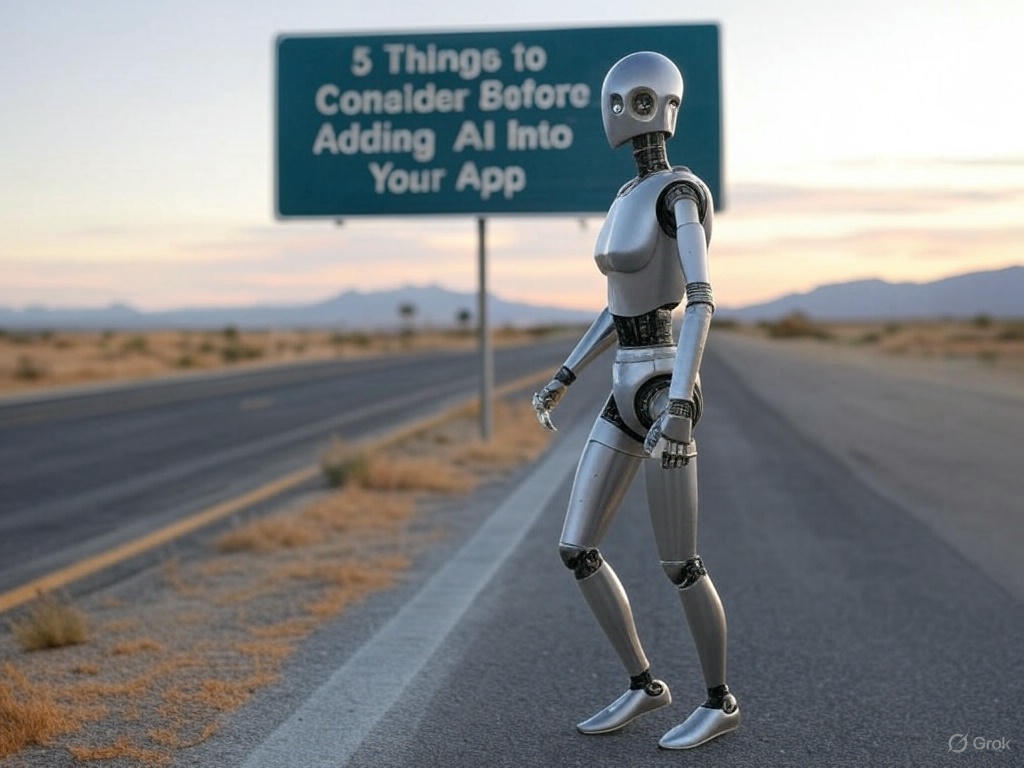Thursday, June 16, 2022
-
4
min
5 Ways Effective Wireframing Can Save You Time And Effort
There are several areas you should definitely consider before you begin app development – and wireframing is right at the top of the list.
Wireframing is the earliest form of development for how your app will look on the end users’ phone – simulating the frontend experience without coding an entire app. This can vary from basic shapes sketched on paper to a full colour, full demo of function template, but generally a wireframe is a low-res look at your basic interface and UX.
Before you begin coding even the simplest version of your app, you’ll want to test how your app feels to users at the wireframe level. The road to market is rarely straight, and a little time sketching out how your users will journey through your app can save your team from taking some expensive detours.
Read "How to safeguard quality during post-MVP scaling" here.
1. Establishing user flow
When someone uses your app, they don't interact with a series of disconnected pages – they move through a series of connecting points, taking in new visual and written information with each tap or swipe of their screen.
An effective wireframe will map out all the elements and animations that will make up your product. By seeing how everything’s connected, you can understand how each component needs to relate to one another from the user’s perspective. So whether they go from the sign in page to their profile and inbox, notifications, a feed or something else, their flow through the app feels intuitive and seamless.
2. Seeing the bigger picture
Whether it’s coding features or refining interface design, there’s a ton of intricate, detailed work that goes into building a mobile app. And while all of that detail is there for a reason, sometimes you also need a moment to pull back and see the bigger picture.
Imagine you're painting a portrait. The last thing you want is to spend all day drawing the perfect eyes, only to realise later that they’re out of proportion with the rest of the head. It's the same with app development – if you get stuck in the weeds of one particular feature you can quickly lose sight of where it fits into the app as a whole.
Creating a wireframe first allows you to see how all those elements work together as one cohesive experience. With the app laid out like that you can begin to understand how your users will pass through it, and draw up a preemptive heat map of which areas will need the most attention in the build.
3. Focusing on function
Because a wireframe is typically pretty basic, it moves the functionality of your app right into the foreground. That means you can test crucial aspects like the user journey without getting distracted by colours, typography and rounded button edges.
It also helps you to separate UX from UI. The two can easily be lumped together when you're looking at an app that’s ready to roll into stores, but you need this middle step to keep them distinct.
Effective UX is all about putting yourself in your users’ shoes and asking what they’ll need and what’s unnecessary. A wireframe will help you ask these questions earlier – ensuring you’ve got all the essential buttons and elements exactly where they need to be before getting stuck into the design choices.
4. Heading off problems
In every app build, there's always a huge difference between the product that's initially proposed and the solution that's developed in the end.
Even with the most thorough preparation in the world, it’s almost impossible to jump straight from the abstract concept at the beginning to a finished product without some unforeseen problems coming out of the woodwork at the development stage. Wireframing helps to put some stepping stones between the idea and the reality, so you’re less likely to get swept away by a river of revisions later on.
Read "Failing nicely: what graceful degradation means for your app and its users".
5. Freedom of invention
If you do find a problem at this stage, effective wireframing also gives you much greater freedom to find a solution. Because you're not implementing a bug fix for a product that’s live on users' phones, you can be more inventive in the ways you tackle your pain points and take time rather than rushing code through.
Even if your wireframe ideas don't end up making it into the MVP, the time spent on them won’t be wasted. App development is a constant cyclical process and the lessons you learn from your wireframes will continue proving their worth for many iterations to come.
To learn more about preparing for app development, check out five things you shouldn’t scrimp on when it comes to app development.




.jpg)









